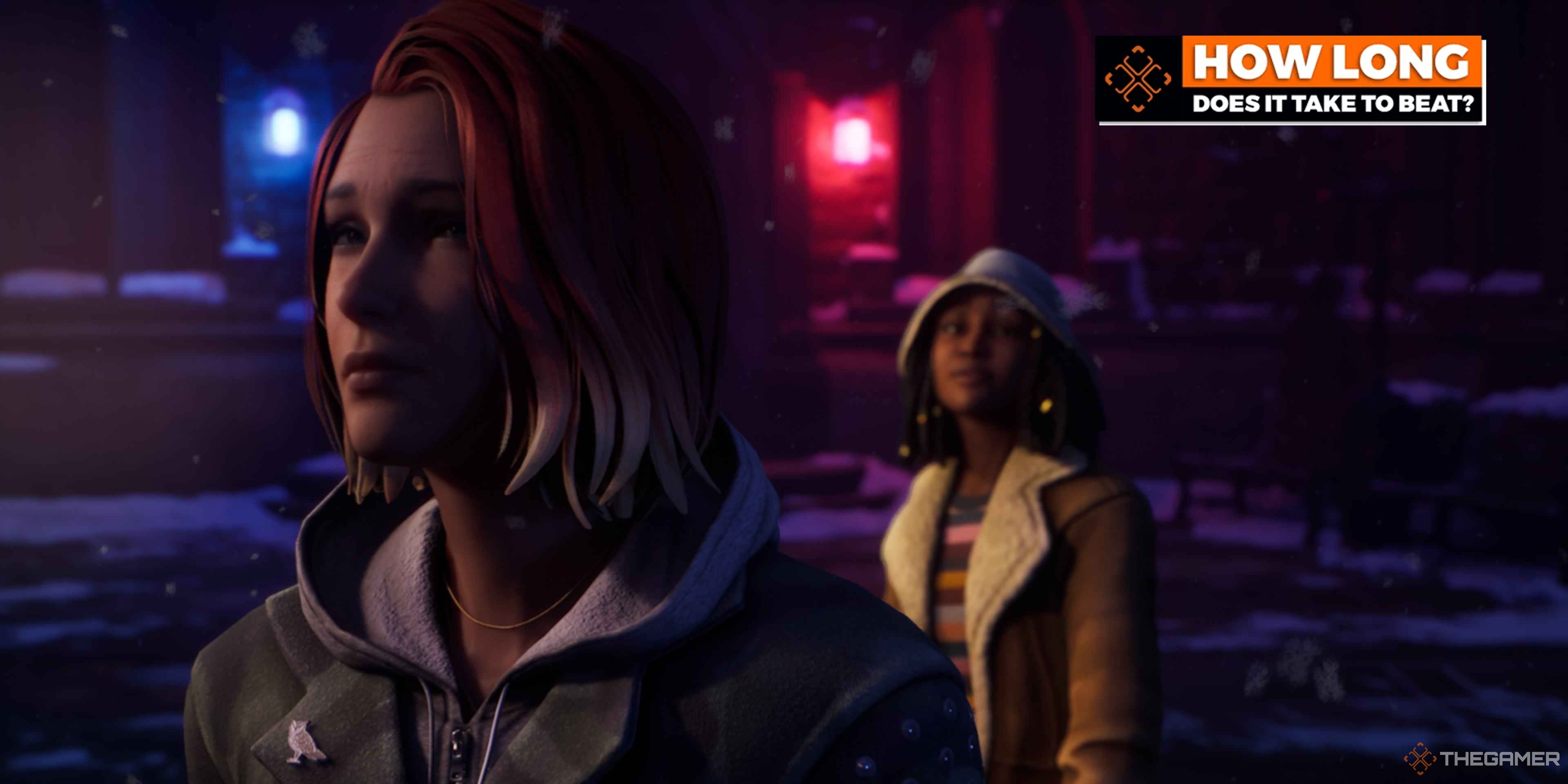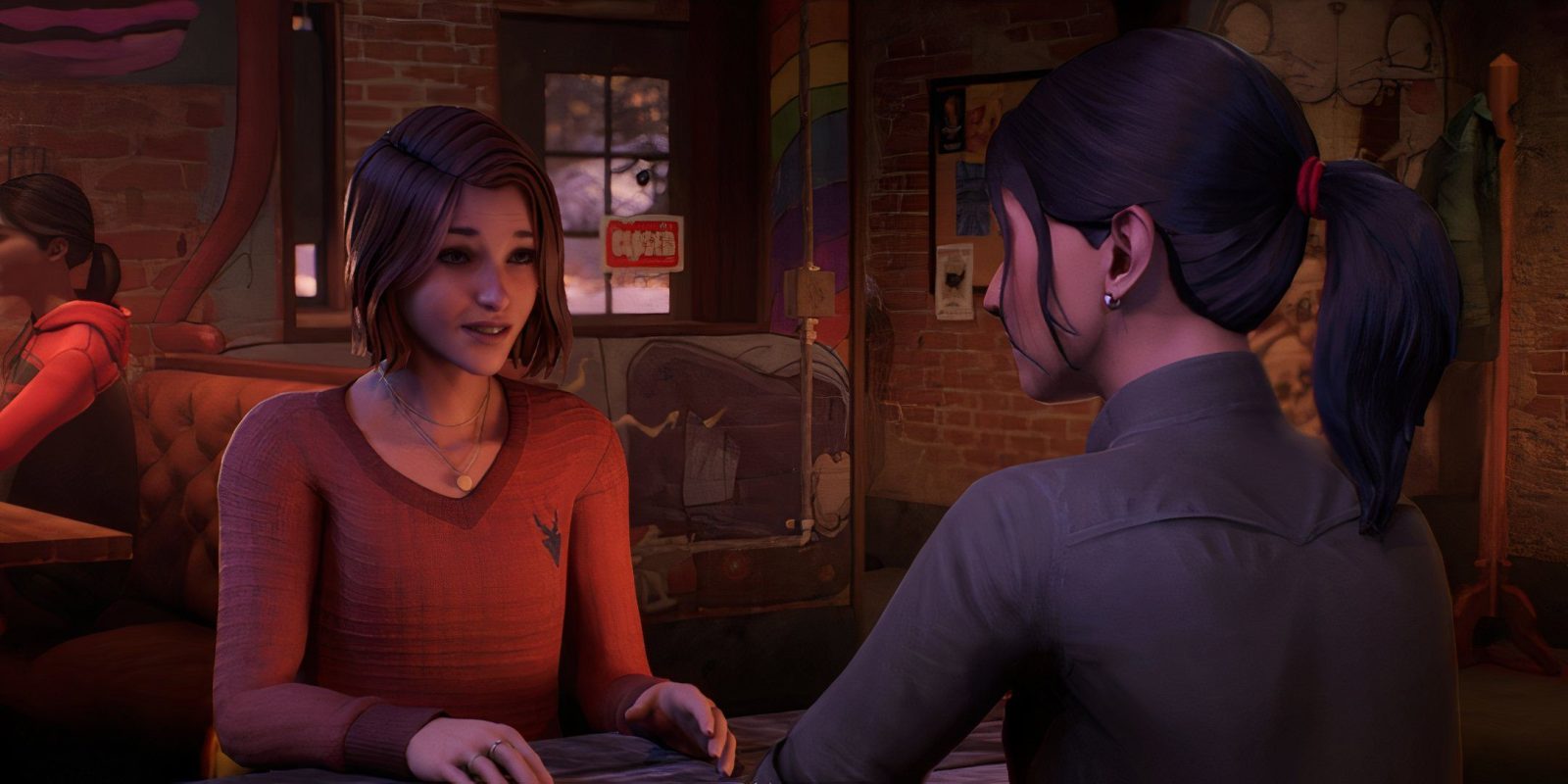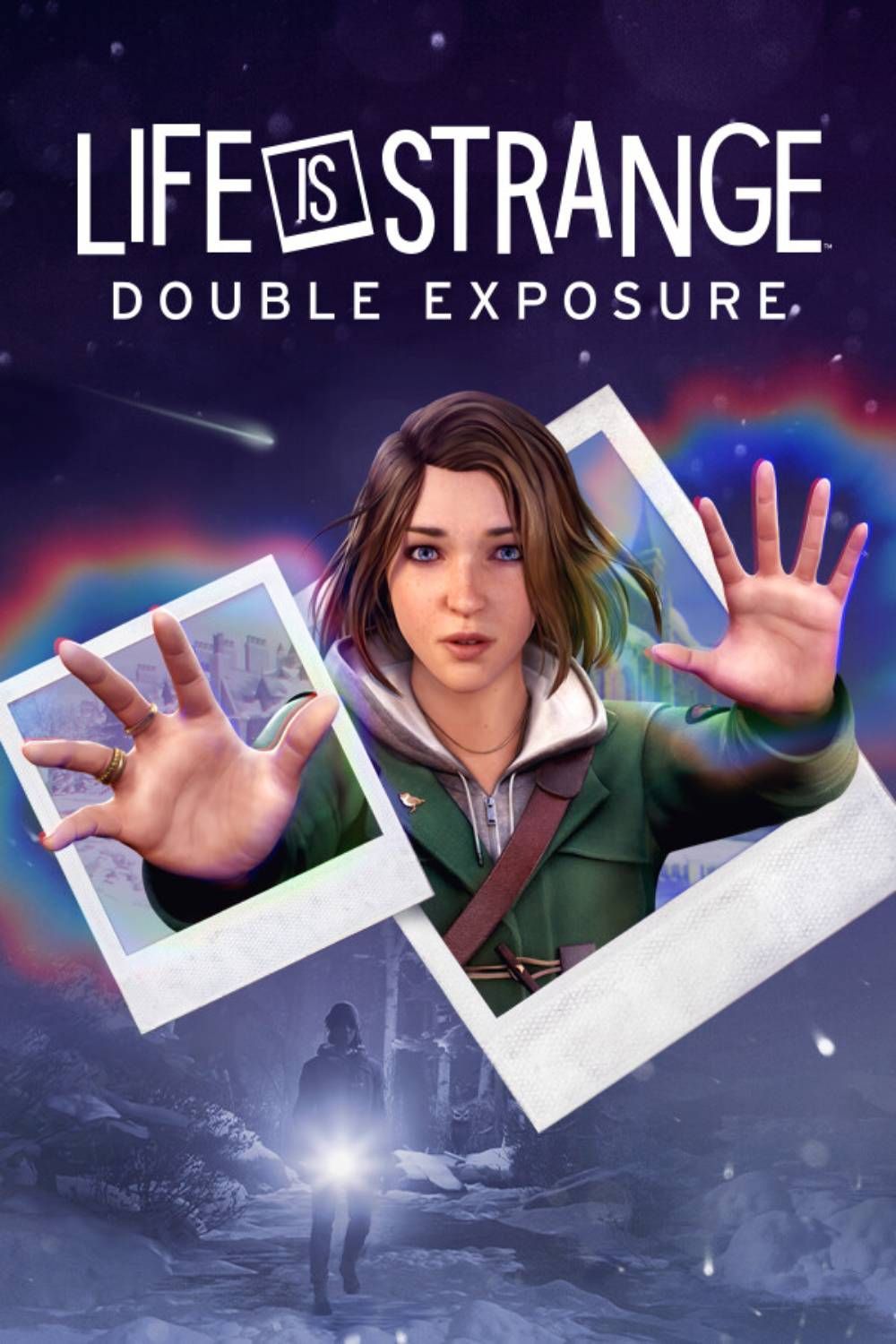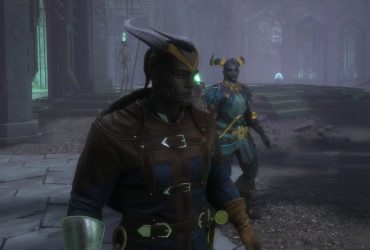Key Takeaways
- Chapter 5 is plot-heavy but lacks gameplay balance, focusing on Max saving Safi with reality-shifting powers.
- Chapter 4 balances gameplay with narrative; the first half consists of exposition and the second half offers more gameplay variety.
- Chapter 2 excels in balancing gameplay and story elements, focusing on unraveling a murder mystery with satisfying loops.
Life is Strange: Double Exposure is the fifth game in the Life is Strange series, which follows the lives of various different people with strange powers. Double Exposure follows the character, Max Caulfield, who is the protagonist of both this game and the very first Life Is Strange game.

How Long Does It Take To Beat Life Is Strange: Double Exposure?
Here’s how long it takes to beat Life Is Strange: Double Exposure!
After the events of Arcadia Bay took place, Max has begun again in a new town and with new powers. Max’s best friend, Safi, was found murdered, and it is up to Max to solve the case by using her newfound, reality-shifting, powers. The game has five chapters, some with more gameplay focus, while others have more story focus. To find the balance of each chapter, here are chapters one through five, ranked.
Spoilers for the entire game below.
5
Chapter 5: Decoherence
As the series is known for, Chapter 5 of Life Is Strange: Double Exposure is the strangest chapter in the game. It takes place within a storm not dissimilar to the storm that Max had faced many years ago in Arcadia Bay. The goal of this chapter is for Max to save Safi, who is losing herself to her shape-shifting powers. Through a series of scenes and settings that are explored throughout the game, Max encounters characters and odd situations that have been influenced by Safi and Max’s combined ‘super powers. This chapter is very plot heavy, which is fantastic for the progression of the story, but where it exceeds in story, it lacks in its gameplay.
Although this is the final chapter in the title, you are introduced to a new feature that utilizes your polaroid camera’s double exposure feature. This is practically where the gameplay ends, however, as the rest of the chapters’ gameplay focuses more on getting from point A to point B. The story elements of this chapter are great, exploring themes that span throughout the game, as well as exploring some of the trauma that Max went through in the first Life is Strange. This chapter additionally ends with a movie-like to be continued, which takes away from the game experience.
4
Chapter 4: Diptych
Chapter 4 has a better balance of gameplay to the story than Chapter 5. However, it is much too short of a chapter despite the good things it does give. Chapter 4 starts by giving you a lot of exposition. You just found out that Safi is a shape-shifter, so the first half of the chapter revolves heavily around exposition. This isn’t a bad thing, but the gameplay here is very lacking, and the scene only seems to be here to introduce padding to an otherwise very short chapter.

Related
6 Lingering Questions We Have After Finishing Life Is Strange: Double Exposure
There are a few loose ends we’d like to know the answer to in Life Is Strange: Double Exposure.
The second half of the chapter also draws heavily on the narrative, but there is more to do gameplay wise than in the first half. You can help dead world Moses build a gingerbread house, while also cleverly using both timelines to tamper with a projector to progress the story. Most of this chapter’s gameplay takes place in the Snapping Turtle, as the end of the chapter, which takes place on the overlook where Safi died, has to set up for the final chapter in the game.
3
Chapter 1: Still Life
Chapter 1 has a lot to set up. Thankfully, it does an excellent job of setting itself up, incorporating a lot of characters while also keeping them important to whatever it is you are doing in the moment – they don’t just show up randomly. The gameplay does take a back seat here, considering Max doesn’t get her powers until Chapter 2, but it still balances well.
This chapter focuses very heavily on introductions, but it does so in a way that gets you hooked in and wanting to play more. It introduces the new camera feature as well as the double exposure feature, and since Max is a photographer, it would make sense that you would be able to take your own photos in this game. There are a lot of scene changes in this game, but they are necessary to introduce you to the plot and gameplay. There are some fetch quests in this chapter, but it allows you enough freedom to explore and enjoy doing it.
2
Chapter 3: Spin
Chapter 3 is very strong narratively and gameplay wise when you consider the cliffhanger that came from the chapter before it. The chapter starts immediately after Max and Moses see the photo of Max holding a gun. It doesn’t have much gameplay in the beginning, mostly following story beats, but there is one instance where you are able to use a technique Max was able to use in the first Life Is Strange. It doesn’t add much gameplay wise, but it’s a fun little Easter egg to be sure.

Related
Life Is Strange: Double Exposure “Respects” Both Original Endings
Life is Strange: Double Exposure won’t make an ending from the first game canon, as devs say it will “respect” both of them.
While Chapter 2 was all about figuring out Safi’s murder, Chapter 3 delves even further into this so Max can help prove herself innocent. This chapter excels narratively, and while you are able to explore the campus and other areas quite freely, there is not much of a satisfying gameplay loop. This chapter focuses much more on talking to people and getting a scoop. The end of the chapter does incorporate a bit more gameplay as you are trying to find an intruder in your house, but it doesn’t provide as much satisfaction as in other chapters.
1
Chapter 2: Penumbra
Chapter Two is a chapter that truly balances the gameplay and story elements. With a gameplay loop that feels satisfying to play, as well as a murder mystery to discover, the game is both exhilarating in both aspects. The chapter relies heavily on this new power that Max has discovered; the power allowing her to jump between two timelines where her best friend Safi is still alive in one of them. You spend most of the chapter talking to people and investigating Safi’s murder. Max wants to check every angle, so you are able to explore almost the whole town in this chapter.
Between being able to explore the whole town as well as having the story elements afoot makes this chapter a great experience. However, it’s taken a step further as the second half of the chapter delves into a very satisfying gameplay loop where you have to recover the camera that Moses took from the crime scene before detective Alderman can find it. It gives the chapter, as well as you, agency, and it is the only chapter that perfectly balances the gameplay with the story.













Leave a Reply